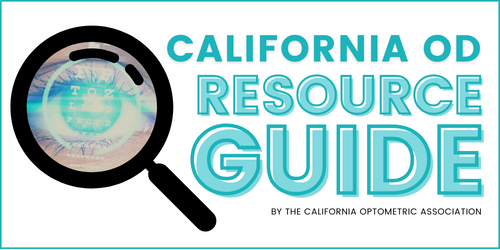EHR: Electronic Health Records
For complete information regarding EHRs please visit The Office of the National Coordinator for Health Information Technology (Health IT): http://www.healthit.gov/providers-professionals
The Health IT Playbook makes digital information resources available in an easy-to-navigate format. You’ll find strategies, recommendations, and best practices — extensively researched and gleaned from a variety of clinical settings — to help you find the support you need. Taking these steps will help reduce the pain of implementing and using health IT in your practice to advance care information and delivery.
An electronic health record (EHR) is a digital version of a patient’s paper chart. EHRs are real-time, patient-centered records that make information available instantly and securely to authorized users. While an EHR does contain the medical and treatment histories of patients, an EHR system is built to go beyond standard clinical data collected in a provider’s office and can be inclusive of a broader view of a patient’s care. EHRs can:
- Contain a patient’s medical history, diagnoses, medications, treatment plans, immunization dates, allergies, radiology images, and laboratory and test results
- Allow access to evidence-based tools that providers can use to make decisions about a patient’s care
- Automate and streamline provider workflow
- Increase organization and accuracy of patient information
- Support key market changes in payer requirements and consumer expectations
One of the key features of an EHR is that health information can be created and managed by authorized providers in a digital format capable of being shared with other providers across more than one health care organization. EHRs are built to share information with other health care providers and organizations – such as laboratories, specialists, medical imaging facilities, pharmacies, emergency facilities, and school and workplace clinics – so they contain information from all clinicians involved in a patient’s care.
EHRs and the ability to exchange health information electronically can help you provide higher quality and safer care for patients while creating tangible enhancements for your organization.
Regional Extension Centers (REC)
The HITECH Act provides for the establishment of RECs to provide education, outreach, and technical assistance to help providers in their geographic service areas to select, successfully implement and meaningfully use certified Electronic Health Record technology to improve the quality and value of health care.
California RECs:
- California Health Information Partnership Services Organization (CalHIPSO): assisting providers in all counties excluding Orange and Los Angeles.
- CalOptima TechAssist Program: assisting providers in Orange County
- HITEC-LA: assisting providers in LA County
Certified EHR Technologies
Certification regulations: http://www.healthit.gov/policy-researchers-implementers/standards-certification-regulations-faqs
The Office of the National Coordinator for Health Information Technology (ONC) Certification Program provides a defined process to ensure that Electronic Health Record (EHR) technologies meet the adopted standards and certification criteria to help providers and hospitals achieve Meaningful Use (MU) objectives and measures established by the Centers for Medicare and Medicaid Services (CMS)..
Finding a Certified Health IT Product
To find a certified health IT product, visit the Certified Health IT Product List (CHPL). The CHPL is the authoritative, comprehensive listing of certified health IT that can be used to demonstrate meaningful use.
EHR Incentive Programs – Meaningful Use and MACRA
With the introduction of MACRA, the Medicare EHR Incentive Program, commonly referred to as meaningful use, was transitioned to become one of the four components of the new Merit-Based Incentive Payment System (MIPS), which itself is part of MACRA. Clinicians no longer participate in the Medicare Eligible Professionals meaningful use program. Now in The Quality Payment Program (QPP), performance categories, including Advancing Care Information and Quality Measures Reporting in MIPS, provide incentives to clinicians to use certified EHR technology.
MACRA provides new tools and resources to help you give your patients the best possible care. The Quality Payment Program creates a new framework for rewarding clinicians who provide higher-value care. Choose how you want to participate based on your practice size, specialty, location, or patient population, and regardless of the model you select, health IT can play an important role in supporting your ability to track and report your organizations’ information to CMS.
Note: The following information is provided for informational purposes only. It is not intended to replace the professional advice of legal counsel. In obtaining the provided information the COA referenced CMS and Health IT.
© 2018 California Optometric Association. All rights reserved.
Page updated: 06/19/2019
1.png)

1.png)



.png)




.png)
.png)
.png)
.jpg)
.png)
.png)
.png)
.png)
.png)
.png)

.png)

.png)
.png)
